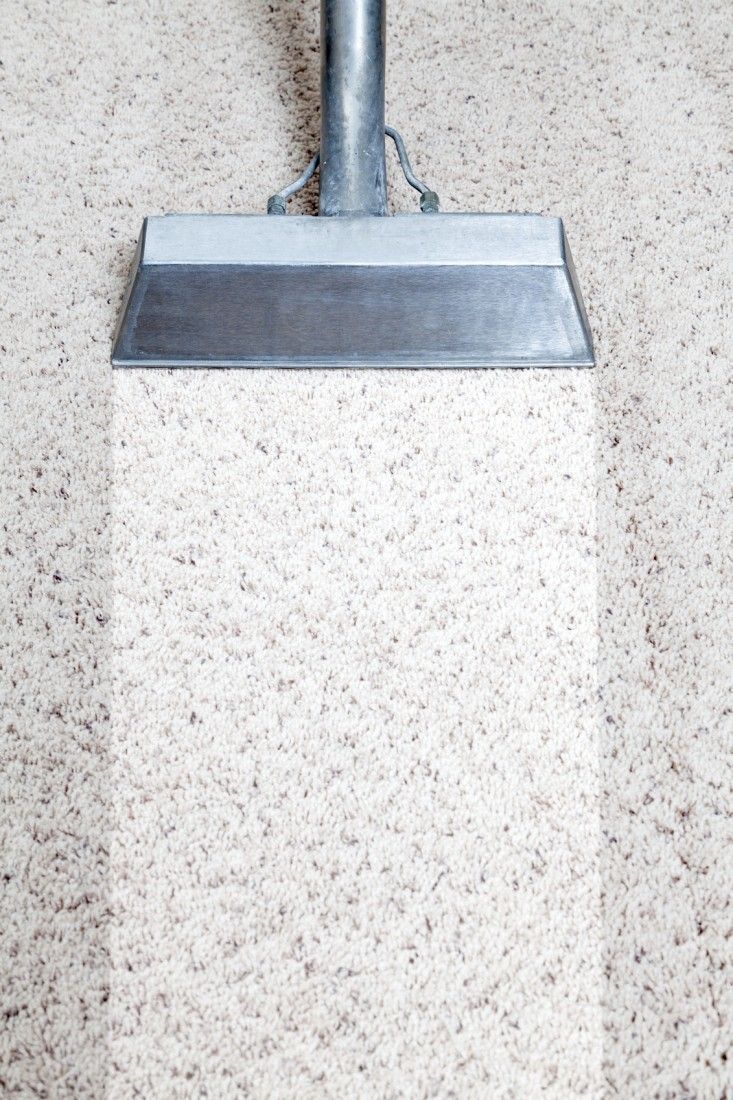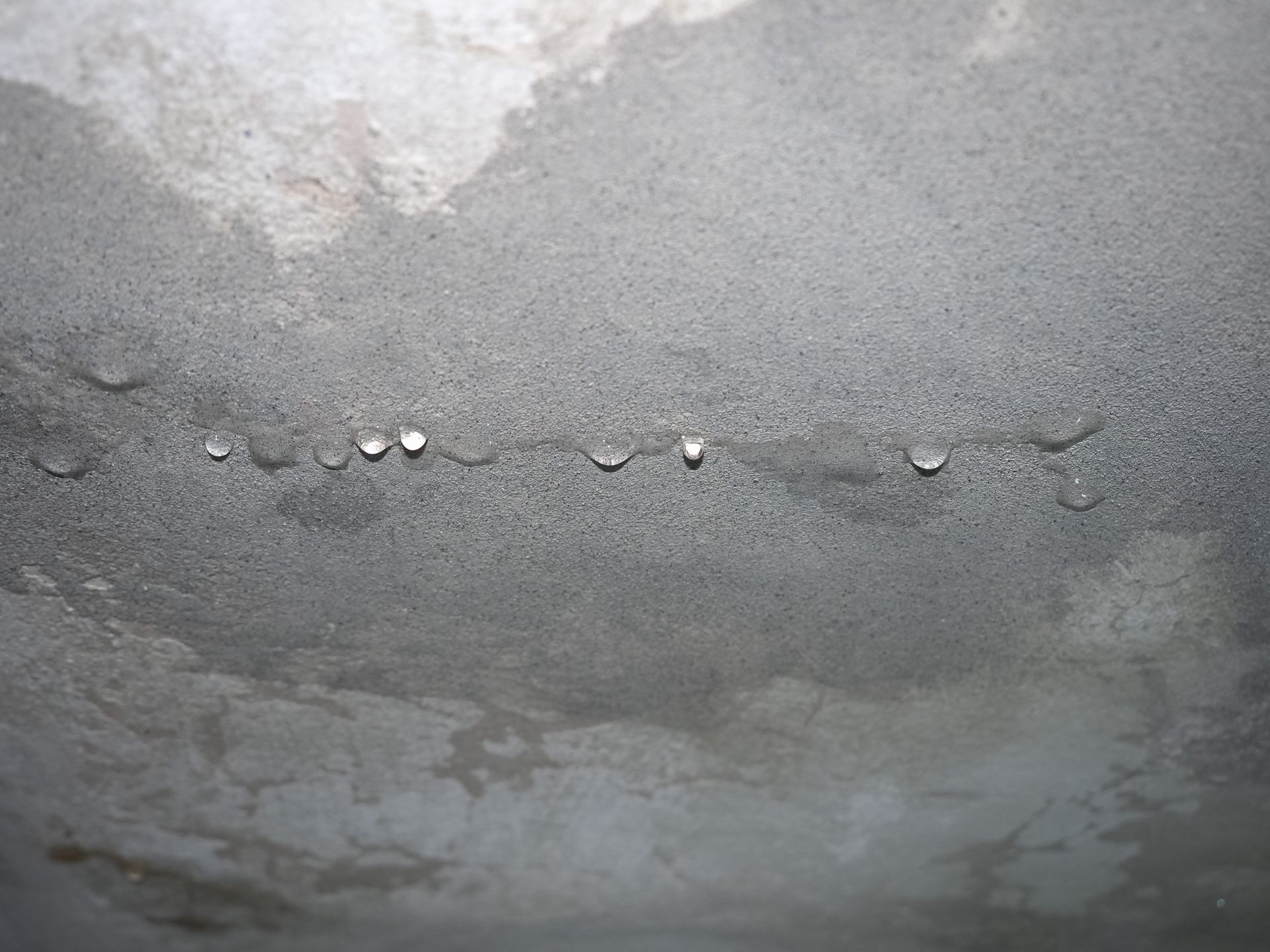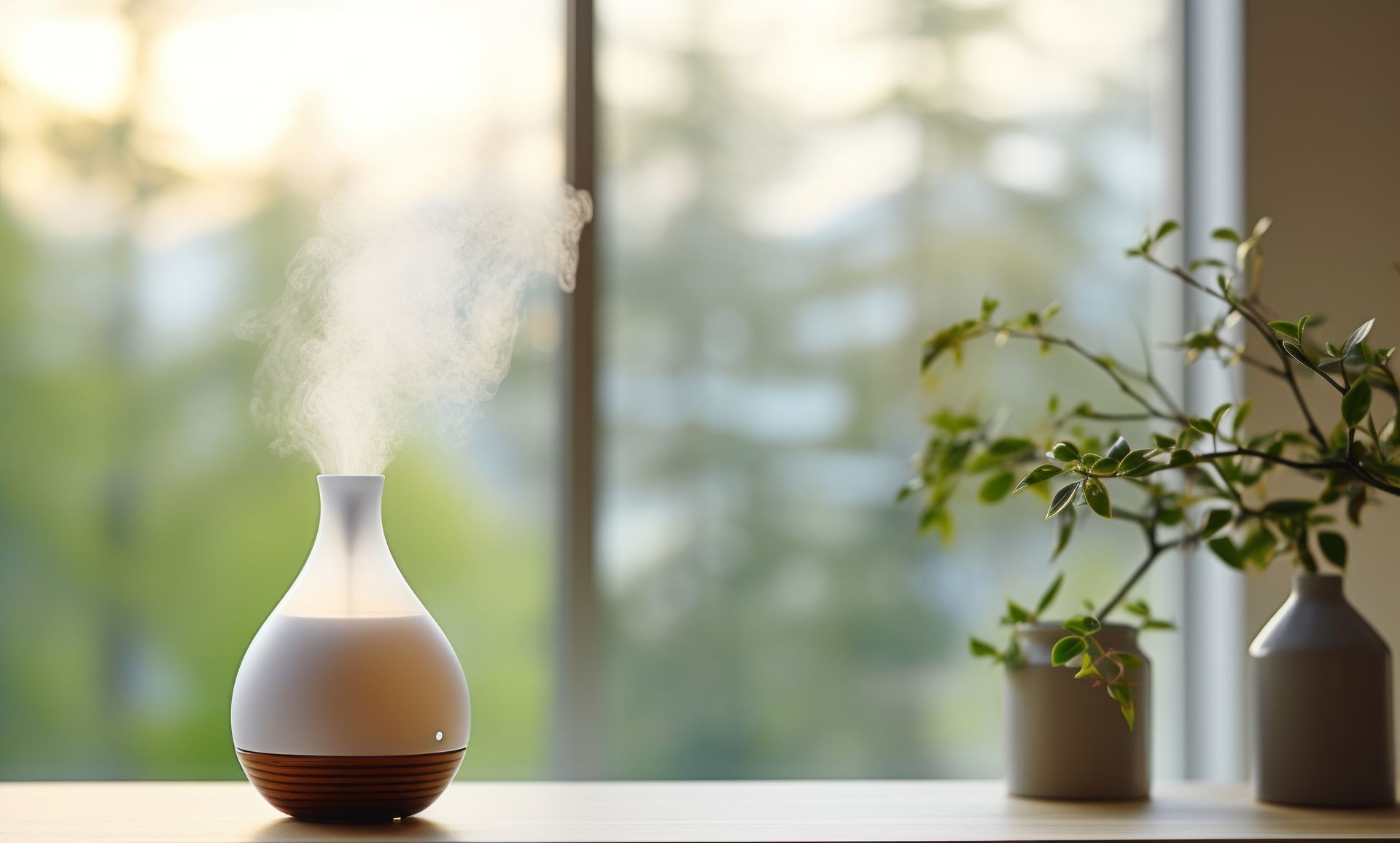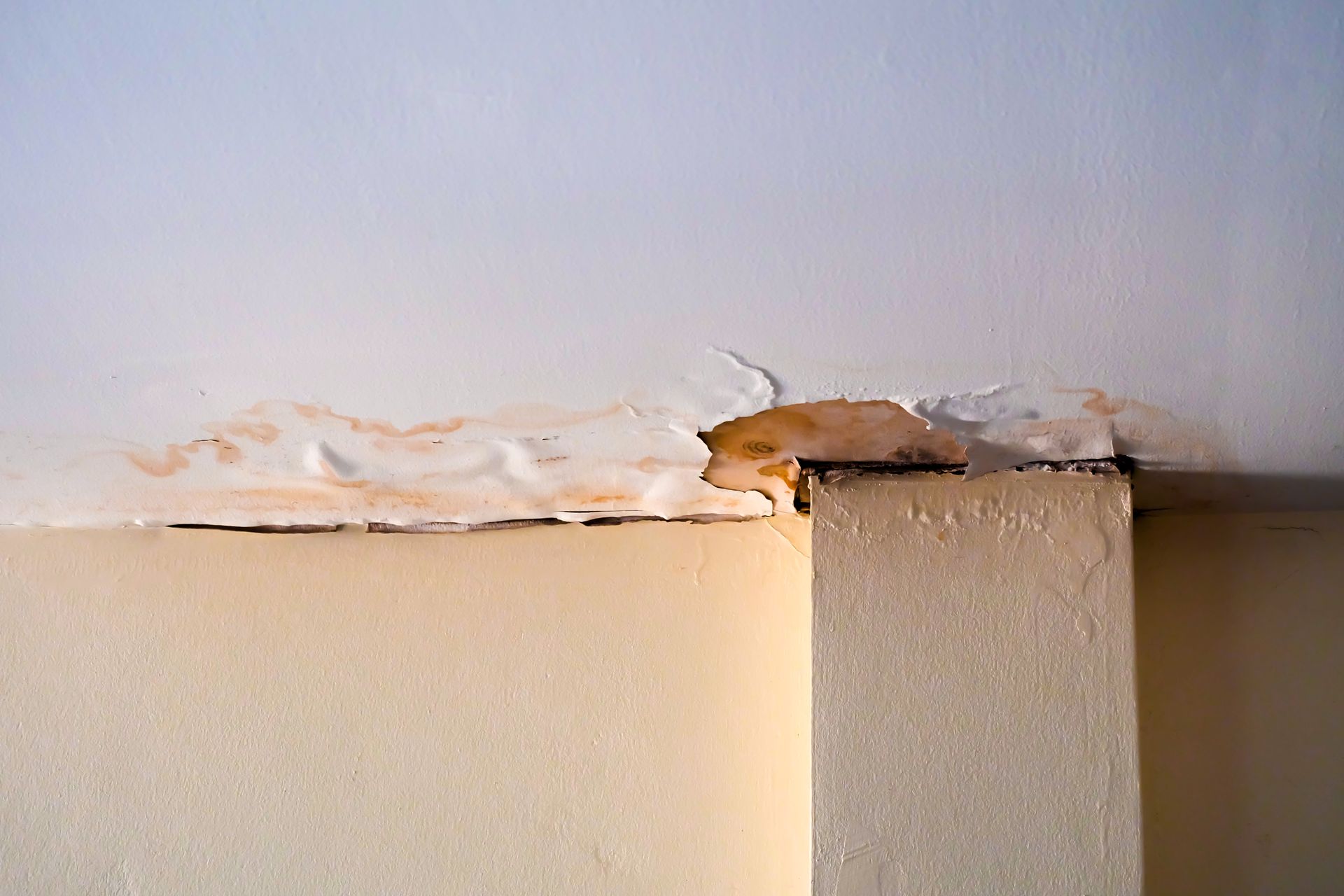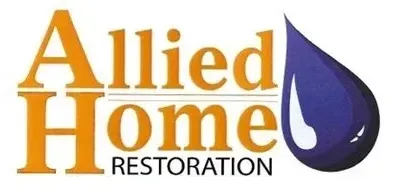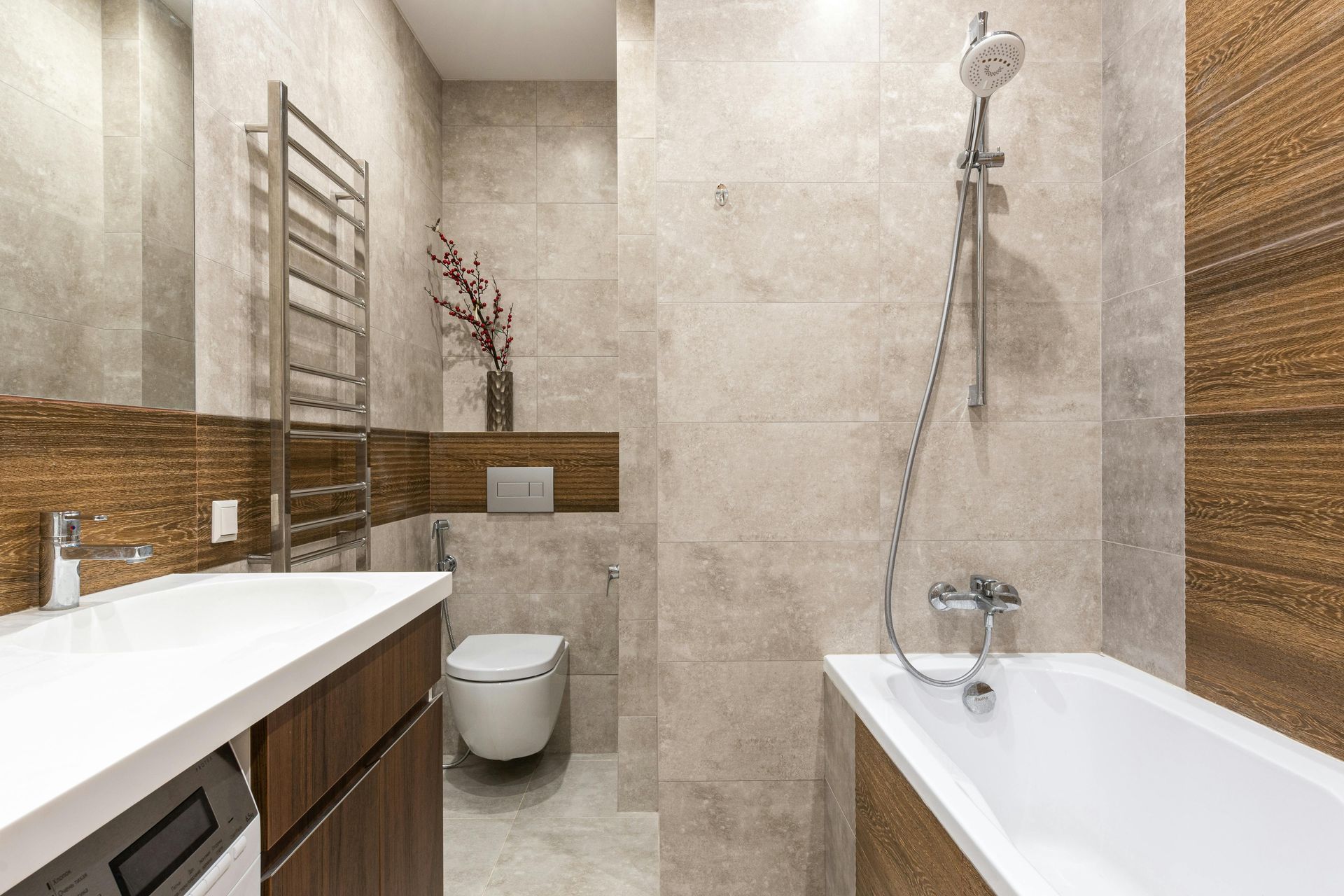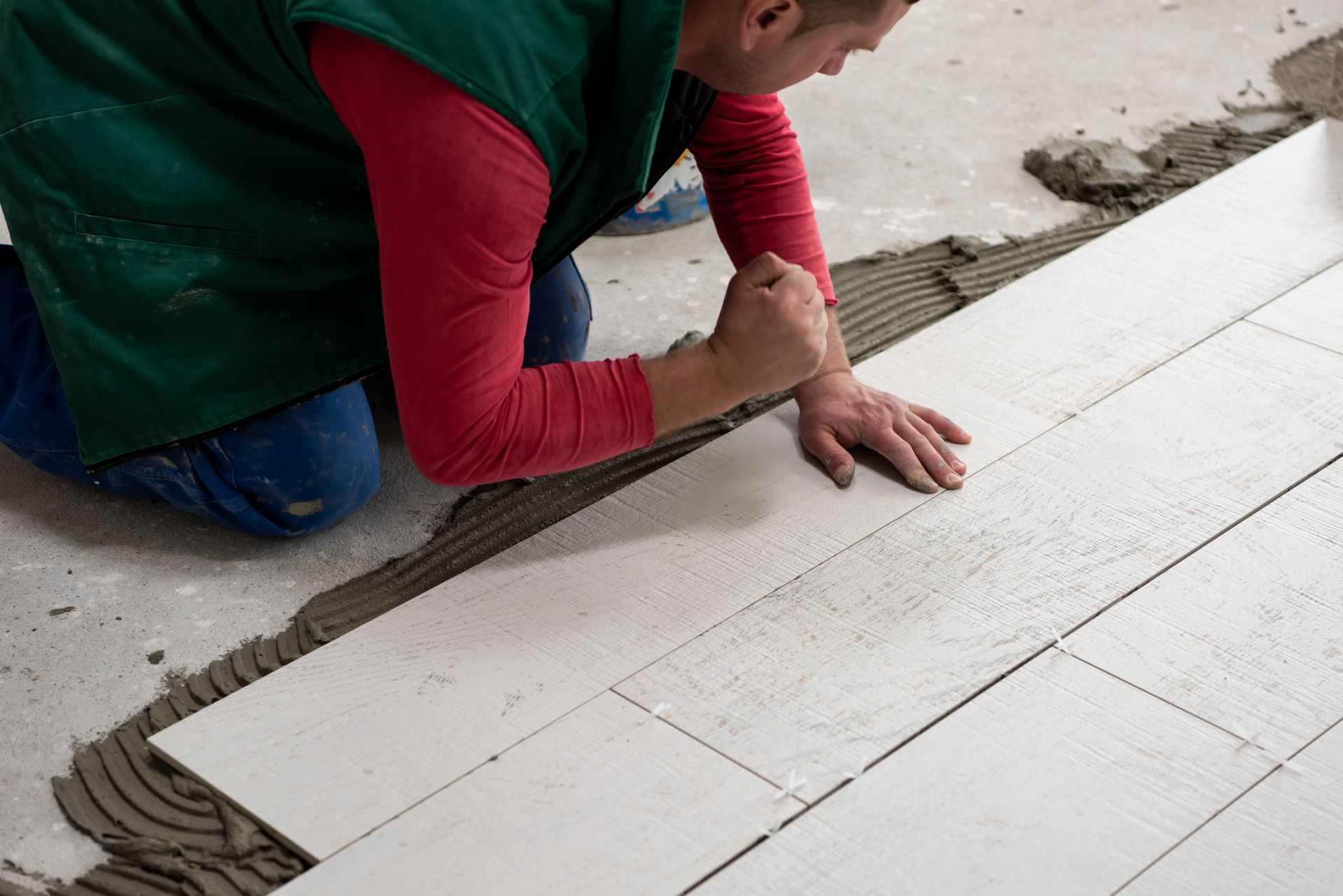6 Common Signs You Need Mold Remediation

Mold is more than just an unsightly nuisance—it's a serious health hazard that can compromise the safety and integrity of your home. The presence of mold can lead to various health issues, from allergies to respiratory problems, and can also cause significant damage to your property if left unchecked. Understanding the signs that indicate you need mold remediation is crucial in preventing these potential problems. In this blog post, we'll outline the common indicators that suggest it’s time to call in the professionals at Allied Home Restoration.
Common Signs That Indicate You Need Mold Remediation
1. Visible Mold Growth
One of the most obvious signs of a mold problem is visible mold growth. Mold can appear in various colors, including black, green, or white, and may manifest as patches or spots on walls, ceilings, or floors. This growth often looks fuzzy or slimy and tends to thrive in areas with high humidity or poor ventilation. If you spot mold in any part of your home, it's crucial to address the issue promptly to prevent it from spreading. Mold can penetrate surfaces, making it more difficult to remove and potentially leading to more extensive damage over time.
Where to Look:
- Behind wallpaper or paint, where mold can hide beneath the surface
- In bathroom tiles and grout, which are prone to moisture buildup
- Underneath sinks, where leaks and spills can create a breeding ground for mold
- On wood surfaces in attics or basements, where poor ventilation and humidity can encourage growth
2. Musty Odor
A musty or earthy smell is a strong indicator of mold presence. This odor is often described as damp, stale, or unpleasant and tends to linger despite cleaning efforts. A persistent musty smell in your home suggests that mold may be growing in hidden areas, such as inside walls or under flooring. Addressing the source of this odor is essential, as it can negatively impact indoor air quality and contribute to health issues. Identifying and eliminating the source of the smell can help improve your home's overall environment.
Action Steps:
- Identify the source of the smell by inspecting areas with high humidity or water damage
- Check for hidden mold in areas with poor ventilation, such as attics or crawl spaces
- Use an air purifier with a HEPA filter to temporarily reduce the musty odor
3. Water Damage
Water damage is a primary contributor to mold growth. If you’ve recently experienced water leaks, floods, or high humidity levels, it's essential to inspect your home for mold. Water damage can lead to damp conditions that are ideal for mold development. Signs of water damage include stains or discoloration on walls or ceilings, peeling paint or wallpaper, and warping or buckling of floors or woodwork. Addressing water damage promptly is crucial to prevent mold from taking hold and causing further issues.
Common Water Damage Signs:
- Stains or discoloration on walls or ceilings, indicating that water has seeped through
- Peeling paint or wallpaper, which can be a sign of moisture trapped behind surfaces
- Warping or buckling of floors or woodwork, showing that wood has absorbed excess moisture
4. Health Symptoms
Exposure to mold can trigger various health issues, particularly for individuals with allergies, asthma, or compromised immune systems. If you or your family members are experiencing unexplained health symptoms, mold could be the underlying cause. Mold spores can become airborne and be inhaled, leading to respiratory problems and allergic reactions. If you notice symptoms that seem to improve when you leave the home but return when you are indoors, it may be time to investigate the possibility of mold.
Common Health Symptoms:
- Sneezing or coughing, which may be a reaction to airborne mold spores
- Nasal congestion or a runny nose, indicating that your respiratory system is affected
- Skin rashes or irritation, which can result from contact with mold spores
- Eye irritation or redness, a common reaction to mold exposure
5. High Humidity Levels
Consistently high humidity levels can create an environment conducive to mold growth. If you notice that your home feels damp or clammy, it might be due to excess moisture in the air. Using a hygrometer to measure humidity levels can help determine if they are too high. High humidity can lead to condensation on surfaces, which can then become a breeding ground for mold. Managing humidity levels is essential for maintaining a healthy indoor environment and preventing mold-related issues.
Recommended Humidity Levels:
- Maintain indoor humidity levels between 30-50% to inhibit mold growth
- Use dehumidifiers in damp areas like basements or crawl spaces to control moisture
- Ensure proper ventilation in areas prone to high humidity, such as bathrooms and kitchens
6. Increased Condensation
Excessive condensation on windows, walls, or other surfaces is a sign that your home has too much moisture. This moisture can contribute to mold growth, especially if it is not addressed promptly. Condensation occurs when warm, moist air comes into contact with cooler surfaces, leading to the formation of water droplets. Regularly check for condensation and take steps to reduce it by improving ventilation and insulating cold surfaces.
Ways to Reduce Condensation:
- Improve ventilation in your home by using exhaust fans and opening windows regularly
- Use exhaust fans in kitchens and bathrooms to expel moisture-laden air
- Insulate cold surfaces, such as windows and walls, to prevent condensation
Why Act Now? Protect Your Home with Allied Home Restoration
Mold can be a serious issue if left untreated, leading to health problems and property damage. Recognizing the signs that you need mold remediation is the first step in safeguarding your home and health. If you suspect you have a mold problem, it’s essential to act quickly and consult with professionals.
Allied Home Restoration is here to help with expert
mold remediation services to restore your home to a safe and healthy environment. Our experienced team will conduct a thorough inspection, identify the source of the mold, and implement effective removal and prevention strategies. In addition to mold remediation, we also offer
carpet & upholstery cleaning,
water damage restoration,
carpet water extraction,
odor removal,
bathroom remodels,
interior reconstruction work,
flooring,
tile cleaning,
moisture inspection, and
carpet repair & re-stretching services. Don’t wait until mold causes more damage—contact us today at
(810) 691-5464 for a comprehensive mold assessment and remediation.
FAQs
What should I do if I find mold in my home?
Contact a professional mold remediation service like Allied Home Restoration. Mold removal can be complex and requires specialized equipment and techniques to prevent spreading. Avoid attempting to remove mold yourself, as improper handling can exacerbate the problem.
How can I prevent mold from returning after remediation?
To prevent mold from returning, address all sources of moisture, maintain proper ventilation, and keep humidity levels in check. Regularly inspect areas prone to moisture buildup and make necessary repairs to avoid future issues.
Is mold remediation covered by homeowners insurance?
Coverage for mold remediation varies by policy and provider. It's important to review your homeowners insurance policy and consult with your insurance company to understand your coverage options and any limitations related to mold remediation.
How long does the mold remediation process take?
The duration of mold remediation depends on the extent of the infestation and the size of the affected area. A professional inspection will provide a more accurate timeline, but remediation can typically take from a few days to several weeks, depending on the severity of the problem.
Can mold cause structural damage to my home?
Yes, mold can cause significant damage to building materials such as wood, drywall, and insulation. Over time, mold can weaken structural elements, leading to costly repairs and potential safety hazards. Prompt remediation is essential to prevent long-term structural damage.
For expert mold remediation services and to address any concerns about mold in your home, call Allied Home Restoration at (810) 691-5464. We’re here to help restore your home to a safe, mold-free environment.
